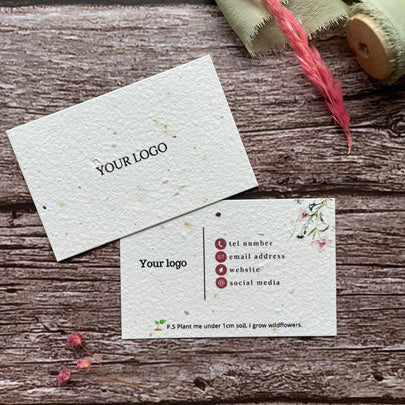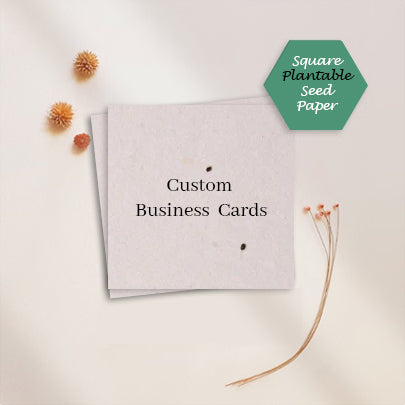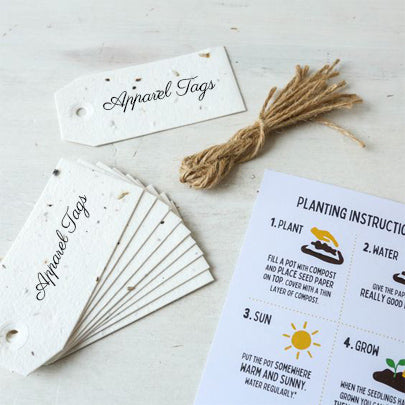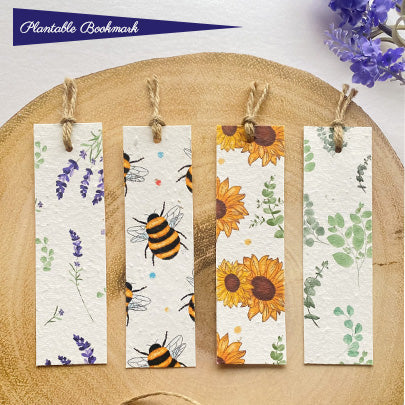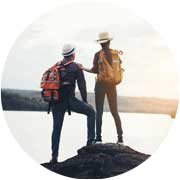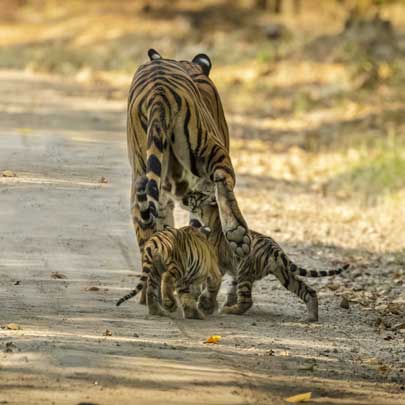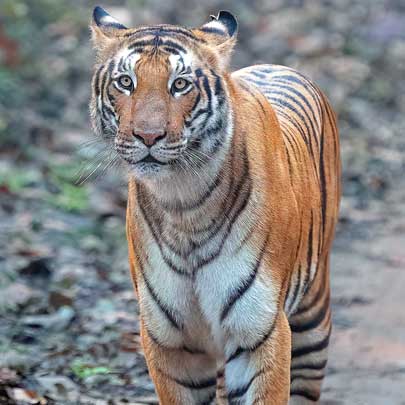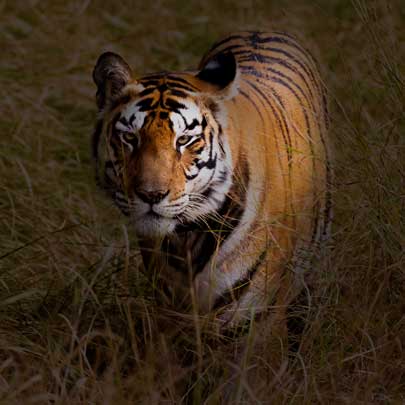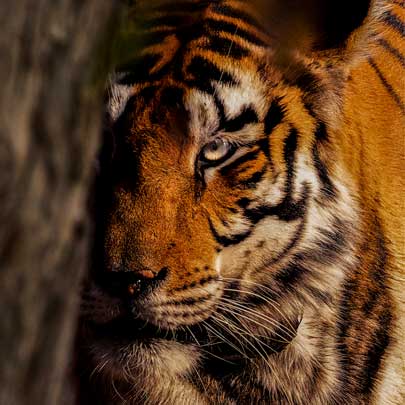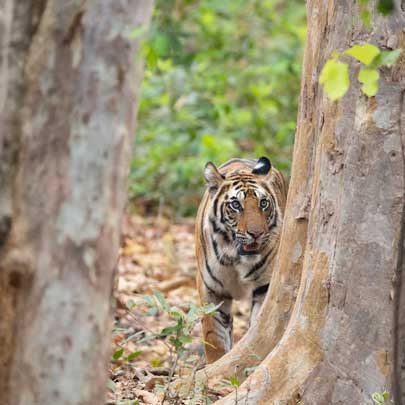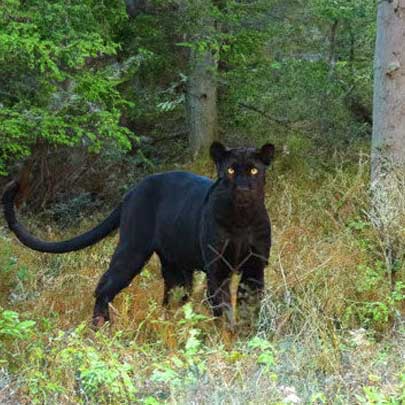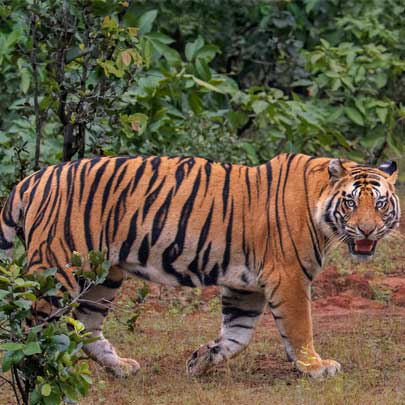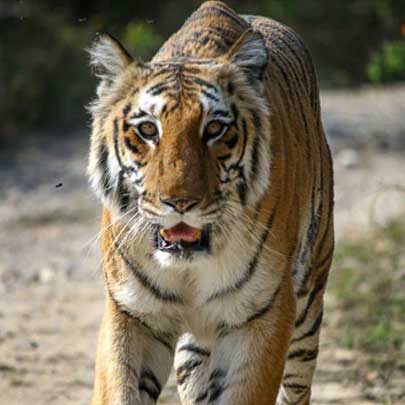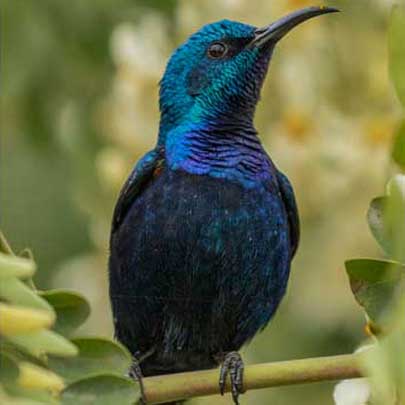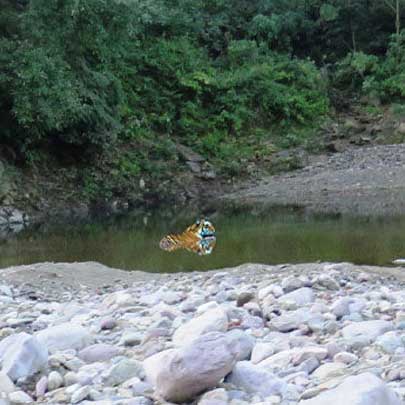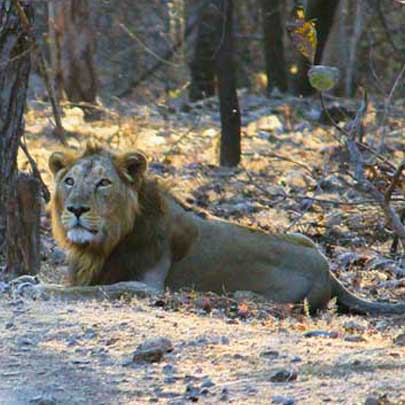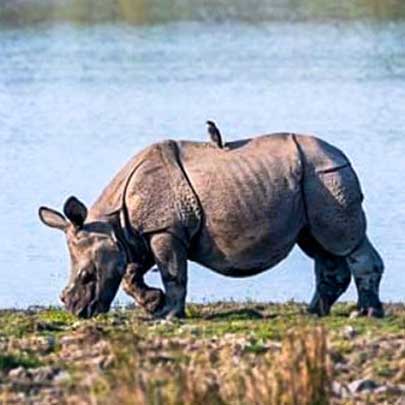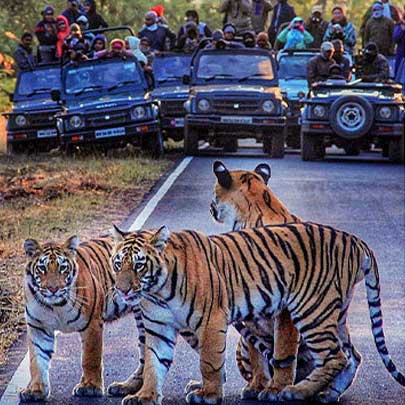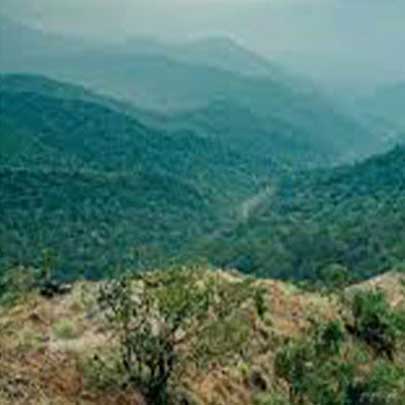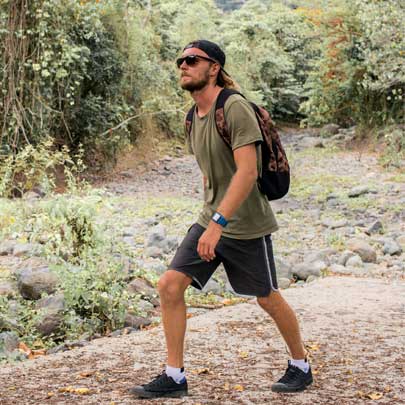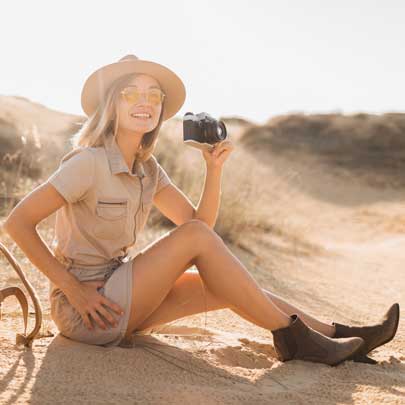Packing Essentials for Your First Wildlife Tour: A Complete Guide
Packing Essentials for Your First Wildlife
Tour: A Complete Guide
Embarking on your first wildlife tour is an exciting adventure. Whether you're heading to a tiger reserve in India, exploring the African savannah, or birdwatching in the Western Ghats, being properly prepared is key to making your experience memorable. This guide covers the packing essentials for wildlife safari tours, curated to help both beginners and eco-conscious travelers enjoy nature without hassle.
In collaboration with conservation-focused organizations like Wildlense Eco Foundation, it’s important to not just witness nature but also protect it. So while we pack smart, we also pack sustainably.
Why Packing Right Matters on a Wildlife Tour
Wildlife tours are not like regular vacations. You're entering a natural habitat where conditions can be unpredictable, and amenities limited. Packing appropriately ensures:
-
Comfort and safety
-
Better chances of spotting wildlife
-
Environmental responsibility
-
An overall enriching travel experience
Let’s dive into the essential items to pack for a wildlife tour.
1. Clothing: Dress for the Wild
a. Neutral-Colored Clothing
Wear earth-toned clothes like olive green, brown, or beige to blend into the surroundings and avoid startling wildlife. Bright colors or flashy outfits can scare animals away.

b. Lightweight and Breathable Fabric
Opt for cotton or moisture-wicking material. Wildlife safaris can be hot and humid during the day and chilly at night.
c. Layering is Key
Mornings can be cold and afternoons hot. Pack:
-
A lightweight fleece or jacket
-
Long-sleeved shirts for sun and insect protection
-
Quick-dry t-shirts
-
Convertible trousers
d. Footwear
Choose sturdy trekking shoes or hiking boots for jungle walks and a comfortable pair of sandals or flip-flops for your downtime.
e. Accessories

-
Wide-brimmed hat or cap
-
Sunglasses with UV protection
-
Buff or scarf (to protect against dust)
2. Optics and Photography Gear
Wildlife sightings can be rare and distant. Bring tools that help you see and capture the moment.
a. Binoculars
Invest in good quality binoculars (8x42 or 10x50 magnification) to spot animals and birds from a distance.
b. Camera Gear
If you’re into photography:
-
DSLR or mirrorless camera with zoom lens (200mm or more)
-
Extra memory cards
-
Spare batteries
-
Camera cleaning kit
Even if you’re not a pro photographer, a smartphone with zoom and a portable tripod can do wonders.
c. Dry Bag or Waterproof Backpack
Protect your camera and tech gear from rain and dust.
3. Personal Care and Health Essentials
a. Insect Repellent
Tropical forests often have mosquitoes and other insects. Use a DEET-based or natural insect repellent.
b. Sunscreen
A high-SPF, eco-friendly sunscreen protects your skin while keeping the environment safe.
c. First Aid Kit
Include:
-
Antiseptic cream
-
Band-aids
-
Pain relievers
-
Anti-diarrhea meds
-
Motion sickness tablets
-
Any personal medication
d. Hygiene Products
-
Biodegradable soap and shampoo
-
Wet wipes
-
Hand sanitizer
-
Toilet paper (not always available in remote areas)
4. Documents and Permits
Don't forget the paperwork. Many wildlife reserves require entry permits and ID verification.
Essential Documents:
-
Government-issued photo ID (passport for international travel)
-
Safari or park permit
-
Booking confirmation for accommodation and tours
-
Travel insurance details
-
Emergency contact info
Keep copies (both digital and printed) in a waterproof folder.
5. Eco-Friendly Travel Gear
We should promote responsible wildlife tourism. Align your packing list with conservation ethics.
a. Reusable Water Bottle
Avoid plastic. Carry a refillable stainless steel or BPA-free bottle. Add a filter if clean water access is uncertain.
![]()
b. Cloth Bags
Use reusable bags for snacks or storing laundry instead of plastic.
c. Solar Charger
Keep your devices charged sustainably, especially if you're staying in off-grid eco-lodges.
d. No Plastic Policy
Leave disposable cutlery, wrappers, and bottles at home. Carry eco-friendly alternatives.
About Wildlense Eco Foundation:
This NGO actively works on wildlife conservation and community-based tourism. Their guided tours and wildlife camps educate visitors while promoting biodiversity preservation. Packing with minimal impact in mind aligns with their mission.
6. Food and Snacks
Many wildlife tours include meals, but it’s smart to carry non-perishable, energy-dense snacks like:
-
Protein bars
-
Trail mix
-
Dried fruits
-
Nuts
Avoid anything that generates litter or strong smells.
7. Gadgets and Miscellaneous Items
a. Flashlight or Headlamp
Essential for camps or nighttime walks.
b. Power Bank
Carry at least a 10,000 mAh battery pack. Useful in areas with no electricity.
c. Travel Journal
Document your wildlife sightings, park experiences, and personal reflections.
d. Books or Field Guides
Helpful for identifying animals, birds, and trees. Field guides focused on the local ecosystem are ideal.
Sample Wildlife Packing List
| Category | Items |
|---|---|
| Clothing | Neutral clothes, jacket, trekking shoes, hat |
| Gear | Binoculars, camera, waterproof bag |
| Health | First aid kit, insect repellent, sunscreen |
| Eco Items | Refillable bottle, cloth bag, solar charger |
| Docs | ID, permit, insurance, booking slips |
| Snacks | Energy bars, nuts, dried fruit |
| Extras | Headlamp, journal, wildlife guidebook |
Final Tips for a Successful Wildlife Tour
-
Stay quiet: Avoid loud conversations and noises.
-
Follow your guide’s instructions: Safety comes first.
-
Be patient: Wildlife sightings require time and luck.
-
Leave no trace: Whatever you bring in, take it back.
By following this comprehensive guide and supporting ethical tourism organizations like Wildlense Eco Foundation, you’re not just preparing for an amazing journey—you’re also contributing to wildlife conservation.
Conclusion
Your first wildlife tour is a chance to reconnect with nature, witness incredible biodiversity, and become part of a global conservation movement. By packing wisely and sustainably, you enhance your own experience and support the environment you're there to enjoy.
Whether you're heading into the jungles of India or the forests of Africa, this wildlife tour packing guide has you covered. Remember: travel light, tread gently, and observe deeply.
Planning your first wildlife tour? Discover the ultimate packing essentials for safaris, jungle treks, and eco-tours. Travel sustainably with tips from Wildlense Eco Foundation.














